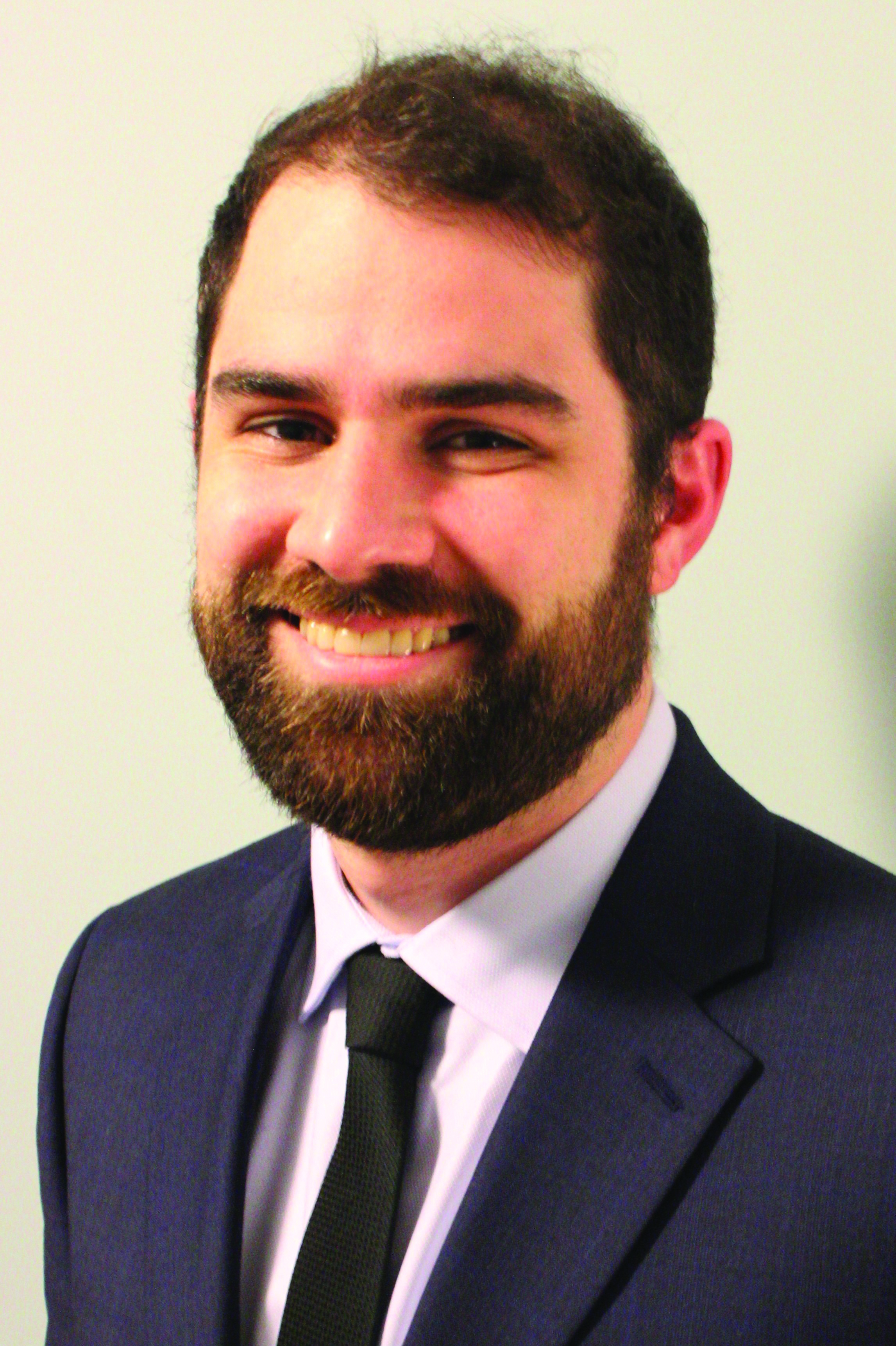
Phil Neuffer,
Senior Editor,
Monitor
Being faced with a paradox is usually an unenviable position, but not to John Hagel. A retired partner from Deloitte and former chair of the firm’s Center for the Edge (along with a laundry list of other titles across his more than 40-year career), Hagel is invigorated when faced with a challenging puzzle. One that he sees many businesses struggling with today is mounting performance pressure running in parallel to exponentially expanding opportunities.
This paradox is the result of what Hagel calls the early stages of “the big shift,” which he describes as a profound transformation of the global economy and society. This shift is creating intensifying competition globally, an accelerating pace of change across industries, greater risk of disruption, shrinking product life cycles and, at the heart of it all, more demanding customers.
“Customers have much more power and much more desire for things that really meet their specific needs versus a general mass market product, and their needs are evolving

at a more rapid rate, so your products have to evolve at a rapid rate,” Hagel says. “It used to be if you came up with a great new product, got it into market, job done, I can relax and then retire. Now the question is what’s next? How soon can you get the next product into market?”
These mounting challenges call for a much more fundamental level of innovation than most industry leaders have displayed over the last century, according to Hagel, who says that businesses that hope to thrive through this “big shift” must innovate in how they lead, organize and operate. The foundation of this innovation must come from what Hagel calls scalable learning. Rather than focusing on getting employees to work faster, scalable learning focuses on getting them to learn faster. But learning doesn’t mean company orientations and training seminars.
“In a rapidly changing world, the most powerful and necessary form of learning is creating entirely new knowledge that never existed before by confronting situations that are new and emerging,” Hagel says. “And that doesn’t occur in a training room; that occurs in the work environment.”
Unfortunately, many companies eschew this more fundamental form of innovation in favor of scalable efficiency, which has been at the heart of business growth for generations at this point. This unceasing need to be as efficient as possible at all levels of an organization sounds good on paper, but it can actually crush the innovation needed to prepare a company for success much further down the road than the next shareholder meeting.
“Virtually every large company that I know in the world has an innovation center in Silicon Valley,” Hagel, who has founded two startups during his career and is a former chief strategy office for Atari, says. “[But] they keep this innovation center at arm’s length very often. I call them PR centers because when people outside the company challenge them about their innovation, they point to their innovation center in Silicon Valley.”
The Passion of the Explorer
According to Hagel, despite continued growth in the opportunities available to businesses thanks to the ongoing transformation of the global economy and society, these same seismic shifts create fear for a growing number of individuals. Hagel says this fear causes business leaders to limit themselves and their businesses by shrinking their time horizons to just focus on the short term while losing trust in others and becoming more risk averse. At the same time, Hagel says, leaders are unwilling to acknowledge their fear or any other emotion because of a fear (there’s that word again) of appearing weak.
“We can create far more value with far less resources, far more quickly than would’ve ever been imaginable a few decades ago,” Hagel says. “But if we’re just driven by fear, we can’t even see those opportunities, much less have the motivation to pursue them.”
So, much in the same way Hagel believes there must be a more fundamental approach to innovation for the future, he also believes there must be a new type of leader. Rather than one who believes emotions are a distraction and that they must know everything, Hagel says strong leaders should be willing to ask questions and acknowledge their own emotions, not only for the benefit of themselves as individuals but for their employees and overall organizations.
“The mark of a strong leader is the one who has the most powerful and inspiring questions and who will freely admit they don’t have an answer and ask for help,” Hagel says. “That sends a very powerful message to the organization.”
When leaders identify how to move beyond fear and cultivate emotions that will help in the pursuit of expanding opportunities, they embody what Hagel calls “the passion of the explorer.” People with this “passion” are excited by change and the pressure it brings. They also eagerly look for ways to develop and have as much impact as possible, Hagel says.
The “passion of the explorer” is meant to be shared, as well, whether that be with investors or employees. While businesses are often beholden to investors, to break the creation of “doom loops” based on measuring short-term results, Hagel says that company leaders need to articulate the exciting long-term opportunities for their businesses and practice what he calls “scaling the edge.” This process involves identifying a major long-term transformation opportunity and finding a scalable edge of the business to address it, with that edge ultimately becoming the new core of the company.
“As you start to get results from scaling the edge, I think that’s a good time to go out to the investors and articulate that really big long-term opportunity because now you can show real progress towards that opportunity,” Hagel says, noting that this strategy can do a lot more than get investors involved and excited. “From an emotional viewpoint, as that edge starts to scale, the employees in the core are going to see that scaling and the progress that’s being made and start to get excited and want to join that edge.”
Scaling the edge can also help avoid the pitfalls of trying to change everything all at once, as it requires a smaller starting point that will scale as successes pile up and excitement grows, according to Hagel.
Zoom Out, Zoom In
Identifying the long-term opportunities for a business requires another shift, specifically one in how to approach strategic planning, Hagel says. The traditional approach for many companies has been the five-year plan. While this has led to success for decades, it is not fit for the economy of the future.
“If you just take a five-year view of the business, you can pretty much convince yourself your business is going to be the same five years from now as it is today,” Hagel says. “It pulls you back from really challenging yourself to say, “How is my business going to need to evolve in more fundamental ways?” Then you begin to become much more incremental in terms of the approach to strategy and small changes.”
Another common approach is for companies to go all in on buzzwords of agility as they try to make their businesses as responsive as possible to whatever is happening in the moment, Hagel says. This, too, is a shortsighted plan.
“I think it’s a natural reaction to rapid change, but the challenge with that approach is if you just respond to anything and everything that’s going on today, you’re going to have thousands of initiatives and nothing will have critical mass. And because there’s so much going on and you’re trying to respond to everything, you have no sense of priority,” Hagel says.
In his more than 40 years of experience in Silicon Valley, Hagel has worked with many technology companies, and he says the most successful have used a “zoom out, zoom in” approach. This strategy requires a company to focus on two separate time horizons at the same time. The first is to zoom out to plan for what the market will look like and what opportunities will be available in 10 to 20 years. The second is to zoom in to the next six to 12 months and identify two or three initiatives that will have the greatest impact in the pursuit of the longer-term opportunities identified in the zoom out phase and to ensure that these initiatives have necessary funding.
“If you look ahead 10 to 20 years and you really think you’re going to be the same business and company that you are today, you don’t understand exponential change,” Hagel says.
Such an approach immediately brings about skepticism. However, according to Hagel, the zoom out, zoom in model is what catapulted Microsoft to the tremendous success it enjoys today. According to Hagel, in the 1970s, Bill Gates identified that computing was moving from centralized mainframes to desktops and that leaders in the computer industry would be leaders on the desktop (the zoom out), and this enabled him to focus on near-term actions that would have the greatest impact in building leadership on the desktop (the zoom in).
“I was in a board meeting of a large mainframe company back in the early 1980’s that dismissed Microsoft as this toy company that were trying to create these little devices and that all the power was going to be in the mainframe,” Hagel says, noting that Gates was able to think 10 to 20 years down the road by noticing the exponential improvement in price performance of semiconductors and the frustration employees felt standing in line to use a mainframe computer.
The Microsoft example not only shows how to successfully utilize the zoom out, zoom in approach, but what companies can do to help combat the uncertainty of the future in a rapidly changing world. The first is to cultivate a deep understanding of the digital technology relevant to a company’s particular market. The second is to spend as much time with customers as possible to really understand what they need now and how those needs will evolve. According to Hagel, if a company can execute this type of strategy while scaling the edge and facing the fear of uncertainty head-on via the “passion of the explorer,” it can focus on seeking opportunities rather than being consumed by short-term pressures.
To hear more from Hagel, make sure to check out the companion episode of Monitor’s podcast series.
Hagel will also be the keynote speaker at Monitor’s 50th Anniversary Celebration, which will be held June 14 to 15 in Philadelphia. To register, visit monitordaily.com/celebration.
Phil Neuffer is senior editor of Monitor. Rita E. Garwood, editor in chief, interviewed John Hagel for this article.
No categories available
No tags available